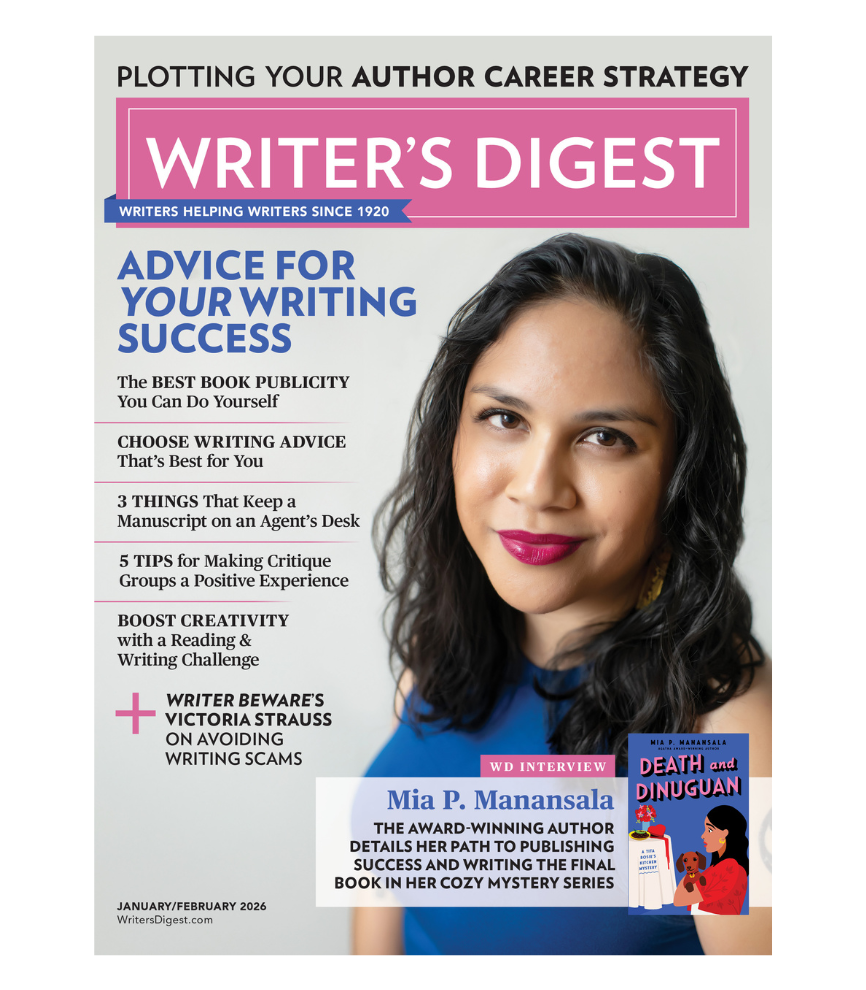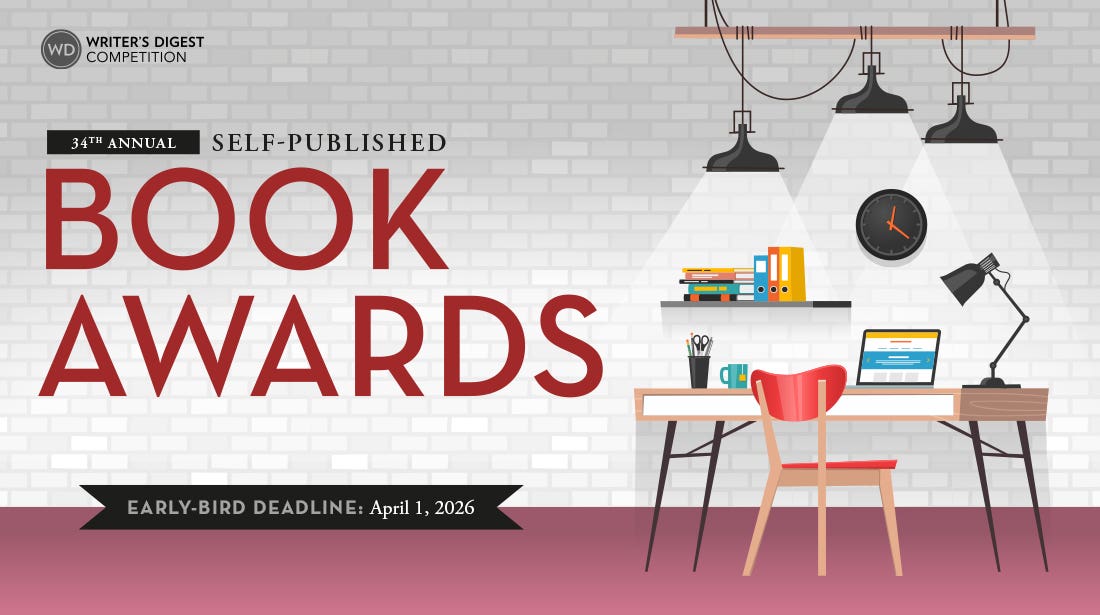What is Hybrid Publishing? Here Are 4 Things All Writers Should Know
Hybrid publishing (author-assisted publishing, indie publishing, partnership publishing, copublishing) is an emerging area all writers should know about. Author and publisher Brooke Warner has advice for writers.
Hybrid publishing is an emerging area that occupies the middle ground between traditional and self-publishing and therefore includes many different publishing models—basically anything that is not self-publishing or traditional publishing. “Hybrid publishing” is not a term all publishers or authors in this space use; other terms that describe this type of publishing include “author-assisted publishing,” “independent publishing,” “partnership publishing,” “copublishing,” and “entrepreneurial publishing.” But right now, because it’s a catchall, “hybrid publishing” is the umbrella term I’ll use throughout this book to refer to this middle ground.
The hybrid publishing space is somewhat controversial, in part because it’s new and in part because there’s no universal agreement about what it is. Because hybrid models almost always involve the author paying for some or all services (and always in return for higher royalty rates), some assert that hybrid publishing is the same as vanity publishing. For people who like to think in black-and-white terms, the hybrid publishing space upends their sense of order. Without hybrid, there are’ just traditional publishing and self-publishing. Black and white. You get paid to publish or you pay to get published. The hybrid publishing space is not for black-and-white thinkers. There are a number of models, and in my experience what sets them apart from vanity presses is that they’re run like publishing companies. Many of them have a submissions process, control their own cover design and editorial process, and have publishers calling the shots and curating the lists. There are also traditional publishers that are cutting hybrid deals, in which authors pay for some services in exchange for higher royalties.
The payoff for the author in hybrid publishing comes from having more control. The author is investing in their own work, or perhaps raising money through crowdfunding to finance their work, and then keeping the lion’s share of their profits, rather than giving it all away. Authors retain creative ownership and are treated more like partners in the process, instead of being at the whim of their publishers.
The following are four main kinds of hybrid publishing:
1. Traditional publishers that have been brokering hybrid publishing deals for years
The precedent for hybrid models goes back years and years. A number of publishers have cut deals with authors for what might have been qualified as “distribution deals,” “hybrid publishing arrangements,” or “copublishing ventures.” All this means is that the author pays upfront in some capacity. This might be for part or all of the print run or the cost of production. In exchange, the author is usually negotiating a higher royalty rate, since they’ve invested in their own work. The only downside to this variation of hybrid publishing is that it’s not transparent. Most of the traditional publishers who do it don’t talk about it, because the concept of authors paying to publish is so heavily stigmatized. In fact, it’s still the case that authors who subsidize any part of their work are barred from submitting their work to some reviewers and to many contests. These authors do not qualify for membership in certain writers’ associations. (Thankfully, many review outlets, contests, and associations are changing their tune on this, but not enough of them and not fast enough.)
IndieBound | Bookshop | Amazon
[WD uses affiliate links.]
2. Partnership publishing models
Models like these include my own publishing company, She Writes Press. Our authors absorb the financial risk of their publishing endeavor in exchange for high royalties. We offer traditional distribution (which we’ll explore in detail in Chapter 6) and all the benefits that brings.
Partnership publishing models like She Writes Press are exciting in that they offer authors access—to review sites, to a sales force selling their books into the marketplace, and to a partnership with a publisher that has a strong reputation with booksellers. The downside, however, is that there’s a real financial risk. Publishers mostly don’t earn out their investments on books they acquire, and partnership publishing is no different. You are assuming the financial risk for access and for the possibility of a high reward. However, it’s a competitive marketplace out there, and I always encourage authors to go into this option with their eyes wide open. It’s not a foregone conclusion that your investment will be recouped. Other presses like ours include Ink Shares, Booktrope, BQB Publishing, and Turning Stone Press.
3. Agent-assisted publishing models
Many agents are starting their own publishing companies in order to publish the works of authors whose books they cannot sell. For the most part, these efforts are valiant. Agents feel strongly about the work they’re seeing and want to find an outlet where these authors can be published. They’re hybrid because the authors are being published under the agent’s imprint. What these models lack to date is any kind of effective distribution method. Where they excel, and what makes them like the other two models above, is in understanding publishing and putting out quality books that their authors can be proud of. One asset here as well may be on the foreign-market side. If your agent continues to represent you and has published your book, it’s likely they will make strong efforts to sell foreign editions of your work, so be sure to ask. Examples of agent-assisted publishing include Reputation Books (a division of Kimberley Cameron & Associates) and the Curtis Brown Group out of the UK.
4. Other assisted publishing models
What makes assisted self-publishing models different from the partnership and agent-assisted models is that they may or may not be run by someone who knows about books. In these cases, you are paying someone to help you publish. You are not working with a team that is going to publish your work under their imprint. This model really qualifies more as self-publishing than as hybrid. However, I believe it’s important to include these models here, more as a caution to aspiring authors than anything else. Just because you are working with a company does not mean that it is a good hybrid company with services that will help your book succeed. The market for book publishing has exploded, and as a result a number of companies have cropped up to deal with the pain points unique to authors—namely, that getting a book from manuscript to publication is a complicated process. Many of these companies have given the word “vanity” some propulsion because they’re not vetting and they don’t care about editorial quality. That’s on the author, which is why I believe this is somewhat dangerous territory in which you need to be careful. This is basically expensive self-publishing, and some of these companies outright take advantage of authors. The company with the most notoriety in this space is Author Solutions (home of iUniverse, Balboa, WestBow Press, and Archway, to name a few). Not all assisted publishing models are bad, but some of them have a reputation for exploiting authors, so you want to be careful. Do your homework.
Brooke Warner is publisher of She Writes Press, president of Warner Coaching Inc., and author of Green-Light Your Book, What's Your Book?, and How to Sell Your Memoir, and is the co-author of Breaking Ground on Your Memoir. Brooke's expertise is in traditional and new publishing, and she is an equal advocate for publishing with a traditional house and self-publishing. She sits on the board of the Independent Book Publishers Association (IBPA), the Bay Area Book Festival, and the National Association of Memoir Writers (NAMW). She blogs actively on Huffington Post Books and SheWrites.com. She lives and works in Berkeley, California.









